
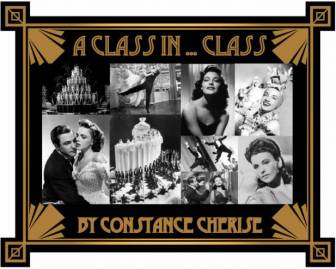
Based on the 1913 stage play Pygmalion by George Bernard Shaw, directed by Oscar-winner George Cukor, with costumes by three-time Academy Award winner Cecil Beaton, and music by the famed and legendary Broadway musicians, and winners of numerous awards, 14 to be exact, lyricist Alan Jay Lerner and Frederick Loewe, My Fair Lady is a delightful classic film worthy of a laid-back Sunday afternoon.
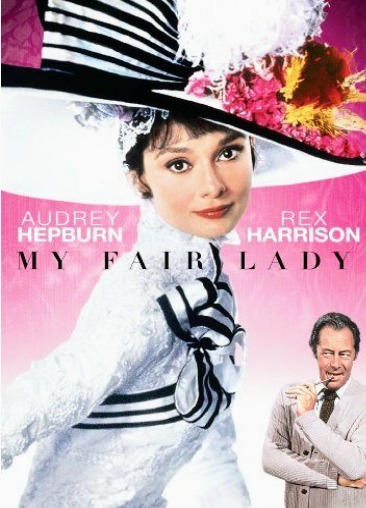
Set in early 20th century London, a presumptuous phonetics instructor, Professor Henry Higgins (Rex Harrison) convinced he can create a respectable high society woman, accepts a challenge regarding a destitute Cockney flower girl, Eliza Doolittle (Audrey Hepburn). Skeptical of Higgins’ skill, the good-natured Colonel Hugh Pickering (Wilfred Hyde-White) Higgins’ colleague, and with whom the wager is made, offers to fully finance the undertaking. Eliza’s opportunistic father, Alfred Doolittle (Stanley Holloway) appears under the guise of his daughter’s welfare. However, his true aim is to be compensated for Eliza’s new found lucrative circumstance.
Highly intellectual in nature, Higgins unapologetically and effortlessly degrades Eliza through inventive insults, without regard of her emotion. The two initially clash as Eliza endures endless exercises in an attempt to eliminate her coarse dialect, including lessons speaking with a mouth full of marbles. Eliza’s discouragement is evidenced in the song, “Just You Wait” where she envisions the pompous professor facing a firing squad. When finally Higgins shows his confidence in her, it proves to be Eliza’s turning point. In her first public assessment, at the Ascot Racecourse, her conversation of choice, and use of slang, spoken in perfect tone and cadence, is slightly alarming to the high brow set. Her true colors are revealed, while watching the race. Encouraging her horse to win, she bellows the line “C’mon Dover! Move your bloomin’ arse!” to which Higgins finds more humor than humiliation.

Eliza’s second and final public presentation takes place at an embassy ball where she marvelously triumphs, further reinforcing Higgins bloated and arrogant ego. In conversing with Pickering, while Eliza is present, her success is lost as she is blatantly spoken of primarily as a pawn, an accomplishment wholly of Higgins’ effort, to which she becomes infuriated, in part for her unrecognized contribution towards her own accomplishments and for her growing affection of the professor. She immediately leaves, eventually fleeing to the home of Mrs. Higgins (Gladys Cooper) Professor Higgins mother, where Eliza reports, as a result of Mrs. Higgins’ coaching, and in Higgins’ presence, his ghastly behavior, arriving at the conclusion she no longer needs him. As nature would have it, this triggers Higgins’ cool emotion, realizing in turn he too just may be reluctantly in love.
Harrison, known for his regal presence more than his singing skills, adding more authenticity to his character, decided to “speak” his lyrics rather than sing them. In the musical number, “Let A Woman in Your Life,” the dissonance in the orchestration emphasizes Higgins’ clear disdain for the disruption of a relationship. This same dissonance is reflected in the dualistic lyrics of “I’ve Grown Accustomed to Her Face,” an unlikely love song, written as a result of stirred inspiration by Lerner’s wife. During a bout of writer’s block his wife, Nancy Olson-Livingston, best known as the character of Betty Schaefer in Sunset Boulevard, (catch up on Sunset Boulevard here) suggesting a break, prepared a tea tray. As she entered the room Lerner revisited her beauty, complimenting her, reflecting, that in the day-to-day life of marriage, he had grown accustomed to her face, and within the realization of the statement, immediately penned the lyrics.
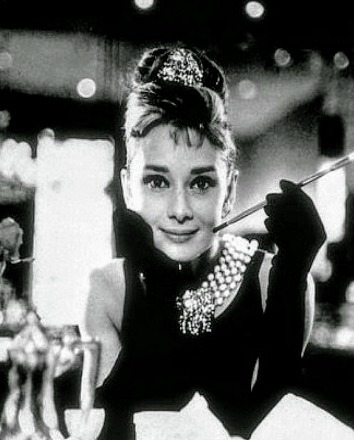
Although Andrews played Doolittle to acclaim in the Broadway production, Jack Warner, president of Warner Bros. Studios, refused to cast Julie Andrews in the lead role of Eliza Doolittle for the film version, as she had yet to work in the movie industry. Hepburn, nominated for best actress, lost the Oscar, many believe, because Hepburn’s musical numbers were dubbed. Andrews was chosen for a movie, Mary Poppins of which she took home the Oscar for best actress. In giving her acceptance speech, she ends with an eloquent jab to the mogul who passed her over…”Finally my thanks to a man who made a wonderful movie and made all this possible in the first place — Mr. Jack Warner.”
Tony, Golden Globe and Academy Award winner Reginald Carey Harrison aka Sir Rex Harrison, knighted at 82 years old, a native of England, was a performer of stage and screen prior to My Fair Lady. In fact, he starred alongside Julie Andrews in the hit Broadway production. The film that brought him recognition in the United States was MGM’s visually stunning King of Siam. Originally Warner Bros. commissioned Cary Grant to play professor Higgins, however, Grant refused the part believing only Rex Harrison was the appropriate actor. Harrison, notoriously known to clash with directors was a free-wielding spirit unaffected by the then-star machine constraints generally imposed by studios. He had an infamous extramarital affair with Carol Landis. When he left the relationship and returned to his wife, Landis, distraught with the conclusion of the romance, ended her life by overdose, an unfortunate event that plagued Harrison for the remainder of his days.

Audrey Kathleen Ruston aka Audrey Hepburn was born in Belgium. As an adolescent she occasionally worked for The Resistance, transporting notes in her ballet shoes. A result of wartime events, Hepburn recalled herself and other children being malnutritioned due to the occupancy of the Nazi party along with the heroic efforts of United Nations International Children’s Emergency Fund (UNICEF), after the war, which led to her own selfless humanitarian efforts in Africa later in her life. Hepburn originally caught Hollywood’s eye with her Broadway performance of Gigi. (catch up on Gigi here)

Like many actresses, Hepburn was a couture model prior to appearing on screen, but unlike most she won an Oscar for her American film debut of Roman Holiday, (an astonishing feat for an individual, who was not formally trained as an actress) with an already established co-star, Gregory Peck who, enchanted with her performance, insisted on Hepburn receiving equal billing.
Her polished fashion expression was a result of a 40-year friendship and perfect pairing with Hubert de Givenchy, who, when he was told Ms. Hepburn would be visiting for a fitting, was expecting Katherine Hepburn as he was unfamiliar with Audrey. An additional Hepburn fashion film not to be missed, featuring exquisite costumes by Givenchy, is Funny Face, a story based on the photographer Richard Avedon where Hepburn stars alongside Fred Astaire.
Hepburn, known for riding her bike on the studio lot, is described by friends as a woman of quality, depth, and humor, most comfortable and happy at home with her family and children. Hepburn’s awards are too many to name. However, one she may feel that is of most importance is the Jean Hersholt Humanitarian Award. Hepburn claims a love of children, ever since she was a child, stating with sincerity, “You deny childhood … you deny life.” In speaking on her position as a Goodwill Ambassador for UNICEF Hepburn reflects on her views, affirming, “I believe in collective responsibility.”
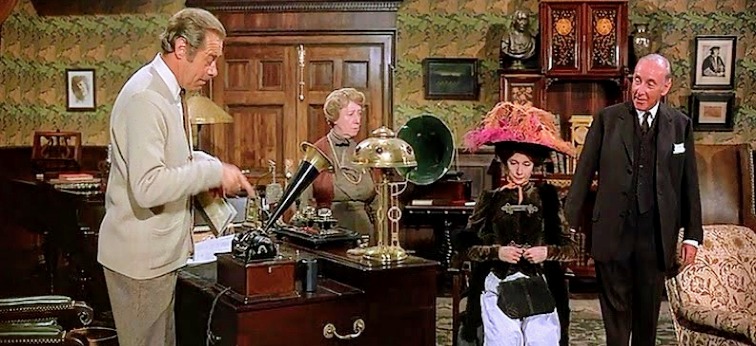
With visually-striking sets, Higgins’ home, where most of the film takes place, reflects distinct masculine tastes with its dark varnished wood and earthy hues. The Ascot horse race scene with its iconic white-on-white set resembles a Vogue-like photoshoot come-to-life and Mrs. Higgins’ drawing room is such exquisitely stylized, upon the opening of the scene, for a moment, the actresses almost become invisible.
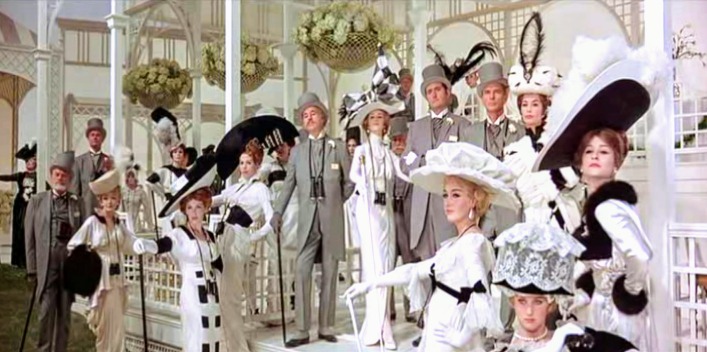
“Once you’ve started for the end of the rainbow, you can’t very well turn back–what if one is a dreamer?”~Cecil Beaton
Originally, Beaton was given screen credit for costumes, art direction and production design. However in a documentary about the restoration of this film, Academy Award winner Gene Allen claims credit for the art direction, stating that Beaton’s main contribution was the costumes.
And what costumes!

Cecil Beaton, one of the quintessential photographers of the 20th century, was self-taught. The three-time Academy Award winner, painter, interior designer, diarist, and costume designer was best known for his unique photographs of royalties and celebrities.
The Beaton touch is clearly evident in each production, where he was involved, including Gigi, starring Leslie Caron, of which he would win an Academy Award and On A Clear Day You Can See Forever, starring Barbara Streisand, both of which were directed by Vincente Minnelli. Beaton’s costuming simply put is nothing less than stunning, so much so that his fashion sense consistently envelopes each scene. In My Fair Lady, he paid special attention to accentuate Hepburn’s long neck and slender body. As a testament to Beaton’s artistry, regarding her iconic ball gown, in the famous scene where she reveals herself at the top of the staircase, Hepburn recalls walking down the stairs in such refined elegance, stating of the dazzling dress, “It made me do it.” Beaton knew how to delicately yet commandingly emphasize the female form, and this is most evident in the posh black-and-white pretentious, pastiche, pageantry of the Ascot Racecourse scene. The millinery craftsmanship alone is outstanding, far less the terribly chic costuming. Most actresses are garbed in black-and-white gowns while the men are cloaked in grey-and-white suits. Select actresses are accented in muted cool shades, including Mrs. Higgins. Eliza is the only character with accents of bright color, in clear delineation. Beaton’s My Fair Lady costumes became so iconic, a line of Barbie dolls was clothed in the designer’s most famous creations from the movie.

My Fair Lady, a bonafide Beaton fashion bacchanalia, featuring extravagant sets, a remarkable score, charming plotline, and the admirable Audrey Hepburn. Appropriately put it is simply “Loverly.”

Constance Cherise is a classic film columnist, disco-era junkie, nostalgia aficionado, travel-ready foodie, free-spirited freelancer. Contact her at constance.cherise@gmail.com







